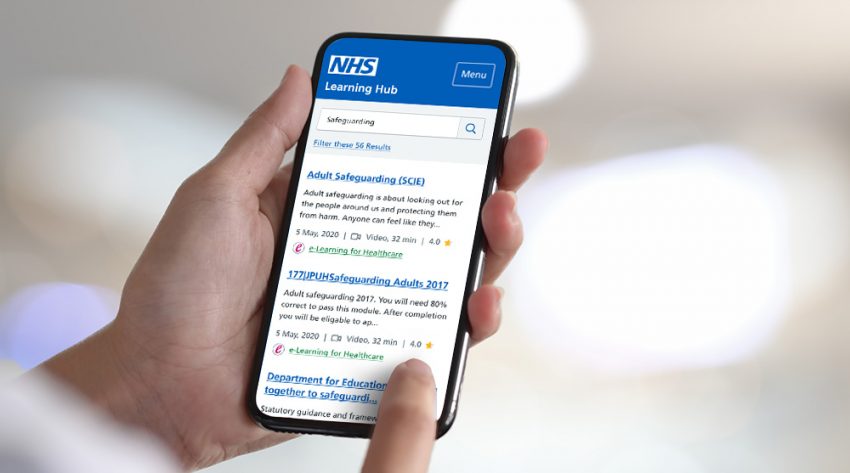Designing digital products requires two key ingredients, data and user testing. There’s a lot of buzz around data-driven design, but we believe using the term ‘data-driven’ in relation to product design doesn’t adequately describe the balance of elements required to create successful product features. We prefer to use the term ‘data-informed’.
Fortunately we are very well informed with five years of search behaviour data from the HEE e-Learning for Healthcare (e-LfH) Hub. When analysing this data we uncovered many fascinating insights that inform our design thinking. To call a few of these out:
- 25% of users to the e-Learning for Healthcare Hub use the search function
- Every user who uses search, use the feature 4-6 times per session
- 25% of all the search queries in five years have been for three subject areas.
This is just a snapshot of a long list of insights we have available that help drive the creative process. The data helps us understand the high volume of learners that use search as primary feature to find content on the e-LfH Hub, and therefore this feature needs to be a priority feature in the Learning Hub interface. As a priority feature we can also employ intelligent methods to ensure that search is quick and helpful, such as suggesting popular search terms based on learner input starting with the three subject areas we see in existing search queries. This supports a quick and efficient experience which has always been a goal based on our understanding that the workforce has to balance learning time with the demands of their role in a very fast paced environment.
As with all areas of the Learning Hub, design of search extends beyond user journeys, interactivity and display. We have team members shaping architecture, data processing and weighting algorithm, all referencing the available behavioural data. All disciplines working together ensure that search delivers relevant and useful content to learners.
Whilst we are fortunate to have this data to inform design, understanding search behaviour doesn’t stop with historical data. We have a rolling programme of user research and testing which will help us to iterate and make improvements to the experience across all aspects, including adjustments to results weighting, making filtering tools available and providing consistent presentation of data.
We have many exciting plans for the future of search on the Learning Hub, but from early user testing results we know that our data-informed approach will offer exactly what learners need.
For more information about the Learning Hub visit www.hee.nhs.uk/tel and follow us on Twitter: @HEE_TEL.
